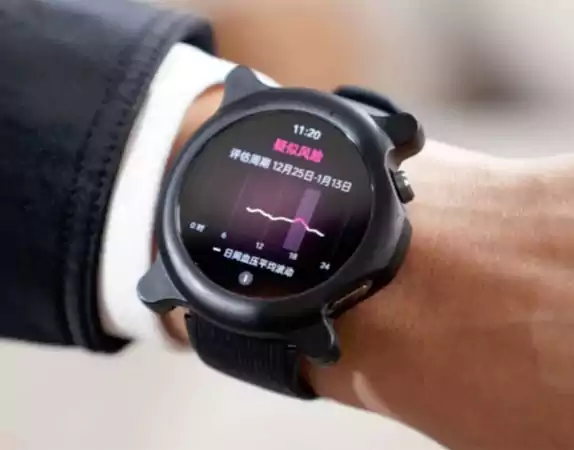
Oppo has officially announced that the highly anticipated OPPO Watch X2 will debut in February, coinciding with the launch of the Find N5 foldable smartphone. Zhou Yibao, the head of the OPPO Find series, revealed that this smartwatch will feature blood pressure monitoring which was aimed at enhancing proactive health management.
The OPPO Watch X2 boasts a sleek round dial, complemented by two buttons on the right side along with a crown and a multifunction button. While specific design details remain unclear because of the confidentiality agreements, initial images still point towards timeless circular aesthetics.
Carrying the model number ‘OWW251’ the Watch recently secured 3C certification and has been spotted on the Telecommunications Equipment Terminal Network.
It will support eSIM functionality through an independent eUICC chip which is compatible with China Unicom and China Mobile. With a strong battery capacity of either 631mAh or 648 mAh and 10W fast charging capabilities, users can expect extended usage without any issues with frequent recharging.
The smartwatch is powered by OPPO’s ColorOS system and is packed with a wide range of health features that include ECG monitoring and a quick 60-second health check. Along with these features, the watch also includes comprehensive exercise tracking and a wrist temperature measurement.
The additional practical feature consists of GPS, NFC, and waterproofing ensuring durability across different environments. The highlight of the device undoubtedly is the feature of monitoring blood pressure which will also alert the users to any abnormal readings. This positions it as a strong competitor against premium smartwatches from leading brands such as Apple and Samsung. Moreover, OnePlus, OPPO’s sister brand is also working on the OnePlus Watch 3 watch which is set to include ECG functionality to detect atrial fibrillation, irregular heart rates, and frequent PVCs. It is possible that both models may share nearly identical features.
